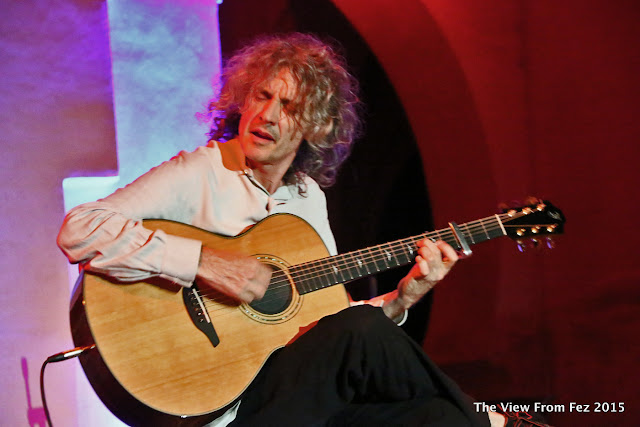Yesterday, July 30th, was a very special day for Morocco, Throne Day - the 16th anniversary of His Majesty King Mohammed VI's enthronement - one of the most celebrated days of the year
The accession of King Mohammed VI to the Throne on July 23 1999 was welcomed with great enthusiasm among Moroccans and across the political spectrum, even including the hard liners of the Islamist movements.
King Mohammed VI is lauded for his domestic reform policies and pioneering efforts in modernizing Morocco and countering terrorism. He tackles issues of poverty, vulnerability and social exclusion at home, and has improved foreign relations.
Throne day was celebrated around the world with messages of congratulations flooded in including one from John Kerry, US Secretary of State.
On behalf of President Obama and the people of the United States of America, I offer my best wishes to King Mohammed VI and the Moroccan people as you celebrate the Feast of the Throne on July 30. The United States is proud to partner with Morocco on a broad spectrum of issues ranging from cultural and educational exchanges to military cooperation. Ours is a strategic partnership, and we work together daily to advance our common priorities of a secure, stable, and prosperous North Africa and Middle East. We share a strong commitment to improving economic opportunity and prosperity for all Moroccans through efforts to develop its entrepreneurial ecosystem and educational resources.We applaud recent commitments by Morocco's public and private sectors to create more job opportunities for young Moroccans. Our constructive engagement with the Government of Morocco and Moroccan youth, the private sector, and civil society are helping the Moroccan people realize their civic aspirations. More broadly, we are pleased with our expanding collaboration with Morocco as we seek to address global and regional security challenges and applaud Moroccan leadership on efforts to counter violent extremism. In the spirit of friendship between our people and governments, we look forward to deepening our strong relationship that has endured for over two centuries. I wish the people of Morocco a joyful celebration and prosperity in the year to come.
Across the globe Moroccans celebrated, including in places as diverse as Azerbaijan and Australia.
The embassy of Morocco to Azerbaijan arranged an official reception to mark Throne Day. Ambassador of Morocco to Azerbaijan, Hassan Hami ,spoke of his country's path of development, noting the country has gained political and economic progress in the last years under the leadership of the King Mohammad VI.
 |
| Azerbaijani Minister of Education Mikayil Jabbarov and Moroccan Ambassador Hassan Hami |
 |
| Throne Day in Australia drew a huge number of people |
 |
| Morocco’s Ambassador to Australia Mohamad Mael-Ainin (standing third from left) |
HM King Mohammed VI traditionally gives a Throne Day address. Here are some extracts.
This annual celebration is an opportunity for us to pause and ponder on the nation’s achievements and the challenges ahead. All that has been achieved, no matter how significant it is, remains insufficient for our country, as long as there is a category of the population still living in dire conditions and feeling marginalised, notwithstanding what has already been done.
It is true that this category is getting smaller and smaller, but I want to see to it that all citizens benefit from the nation’s wealth. I pledged to work, for as long as I live, to achieve this goal, and my ambition for the well-being of Moroccans has no limits.
On the question of education, the King had some interesting observations:
A question has to be asked: will the education our children are receiving today in state-run schools help secure their future? Let us be serious, objective and honest: why do so many Moroccans rush to get their children enrolled in foreign-status schools and private schools despite their prohibitive costs?
The answer is clear: they are looking for appropriate education, based on open-mindedness, critical analysis and foreign language acquisition, which will enable their children to access the job market and start their professional lives.
Despite allegations here and there, I do not think openness to foreign languages and cultures will undermine our national identity, but rather enrich it. Moroccan identity, thank God, is deeply-rooted and diversified, with both European and African components.
I studied in the Moroccan state school, with its syllabi and curricula, but I have no problems with foreign languages. The Constitution voted by Moroccans advocates the learning and mastering of foreign languages as a tool for communication with the knowledge-based community and for interaction with modern civilisation.
Thanks to Asmahan Mouftakir for the photographs from Australia
SHARE THIS!



















































